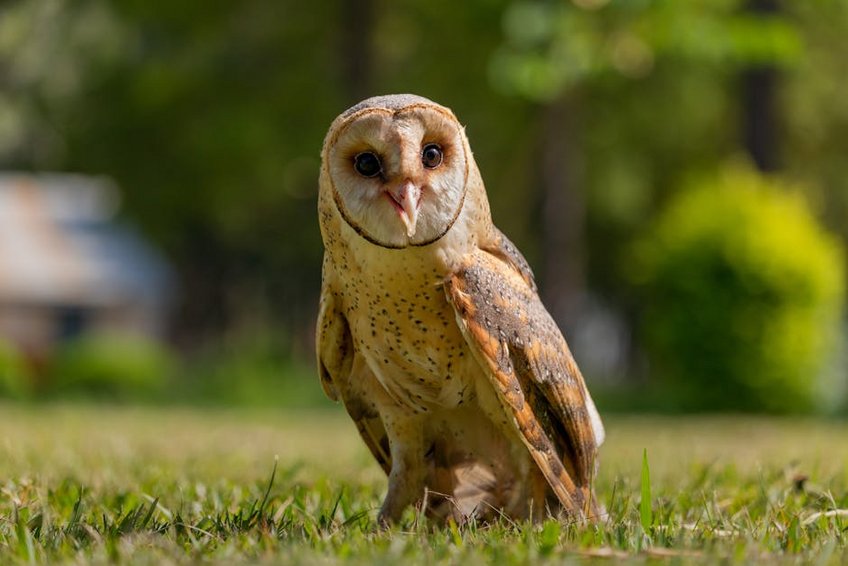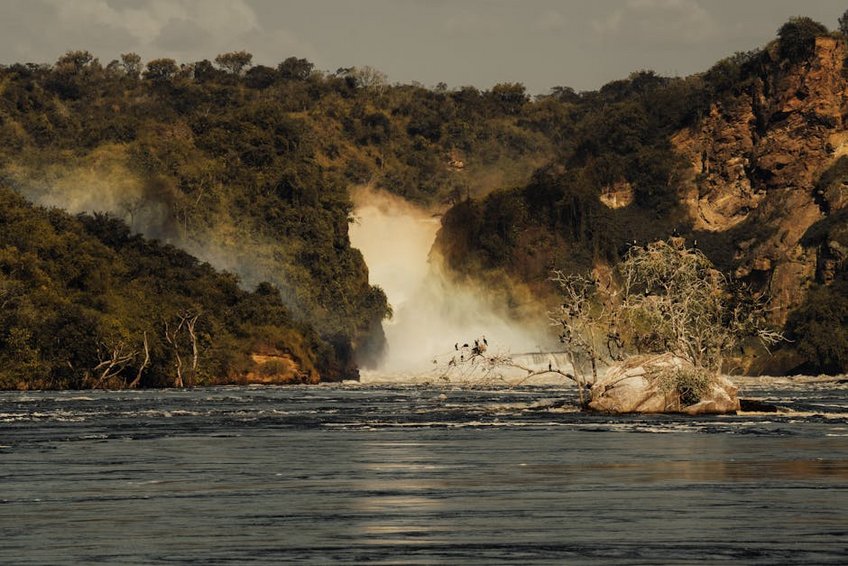Uganda Bwindi Impenetrable Forest: Gorilla Trekking Guide
Uganda Bwindi Impenetrable Forest offers an unparalleled gorilla trekking experience in one of Africa’s oldest rainforests. This UNESCO World Heritage Site protects nearly half the world’s mountain gorilla population across its 331 square kilometers of dense vegetation. Your adventure combines primate encounters with rich biodiversity and authentic cultural interactions.
Essential Bwindi Information
Bwindi Impenetrable National Park spans southwestern Uganda near the Democratic Republic of Congo border. The forest dates back over 25,000 years with elevations ranging from 1,160 to 2,607 meters above sea level. Four main sectors divide the park for gorilla tracking permits and visitor management.
Mountain gorilla conservation remains the park’s primary focus with habituated families available for viewing. These gentle giants share the forest with 120 mammal species and 350 bird types. Your visit directly supports local communities through park revenue sharing programs.
Park Geography and Climate
Bwindi’s terrain varies dramatically across its rugged landscape. The forest receives 1,400-1,900 millimeters annual rainfall spread throughout the year.
- Northern sector features gentler slopes and easier tracking conditions for beginners.
- Southern sector offers challenging hikes with higher gorilla family density and older forest sections.
- Eastern sector provides medium difficulty trails through transitional vegetation zones.
- Budget travelers spend $1,200-1,800 for 3 days including camping, public transport, and basic meals without safari extensions.
- Mid-range visitors allocate $2,500-3,500 for comfortable lodges, private transfers, and combined wildlife viewing in Queen Elizabeth Park.
- Luxury experiences cost $5,000+ featuring premium lodges, charter flights, and personalized guiding with additional activities.
- Uganda Wildlife Authority
- Lonely Planet Uganda Guide
Wildlife and Biodiversity
Beyond mountain gorillas, Bwindi hosts 11 primate species including chimpanzees and black-and-white colobus monkeys. The forest contains 220 butterfly species and 27 frog types within its diverse ecosystems. Birdwatchers cherish rare species like the African green broadbill.
Guided walks reveal forest elephants and giant forest hogs along established trails. Nocturnal species emerge during special guided night walks available at extra cost. Your guides help spot camouflaged wildlife most visitors overlook.
Conservation History
Bwindi gained national park status in 1991 following intense conservation efforts. UNESCO designation came in 1994 recognizing its exceptional biodiversity value. Local communities now participate in tourism through guide training and craft sales.
Gorilla medicine monitoring and anti-poaching patrols operate daily. Veterinary teams track gorilla health using non-invasive sampling methods. Your permit fees fund these critical protection programs.

Alt: “bwindi-impenetrable-forest-gorilla-trekking-mountain-trail”
Uganda Bwindi Impenetrable Forest – Planning Your Trip
Planning your Uganda Bwindi Impenetrable Forest adventure requires careful timing and preparation. Gorilla permits cost $700 per person and sell out months in advance for peak seasons. You should book accommodations and transportation simultaneously with permit purchases.
Physical preparation proves essential for hiking steep, muddy trails at high altitude. Travel insurance must cover emergency evacuation from remote forest locations. Pack waterproof gear and broken-in hiking boots for variable conditions.
Best Time to Visit Bwindi
June through August and December through February offer the driest tracking conditions with minimal rainfall. Daytime temperatures range 70-80°F (21-27°C) during these periods with cooler mornings at 50-60°F (10-16°C). These months provide the clearest photography opportunities.
March-May and September-November see heavier rains but fewer visitors and lush vegetation. Tracking becomes more challenging but permits cost the same. You’ll experience more intimate gorilla viewing with smaller groups.
Budget Planning and Costs
Gorilla trekking requires significant investment beyond the permit fee.
Essential Preparation Checklist
Obtain your yellow fever vaccination certificate and comprehensive travel insurance before departure. Pack neutral-colored clothing, waterproof daypack, and hiking poles for steep sections. Break in sturdy boots months before your trip to prevent blisters.
Carry multiple SD cards and extra camera batteries for limited charging options. Learn basic gorilla etiquette from online resources before arrival. Confirm all bookings 60 days ahead during high season.
Top Attractions and Activities
Gorilla tracking remains the primary draw with four separate sectors offering different experiences. Buhoma sector provides the easiest access and most infrastructure for first-time visitors. Ruhija sector features higher elevation trails with panoramic views.
Cultural encounters with Batwa pygmy communities reveal ancient forest traditions. Birding walks showcase rare species absent elsewhere in East Africa. Multiple-day treks combine gorilla viewing with forest exploration.
Must-See Highlights
Mubare gorilla family in Buhoma became the first habituated group in 1993. Nkuringo group in southern sector offers challenging hikes with spectacular scenery. Rushaga sector contains the largest number of habituated families for varied experiences.
Bwindi Bar offers post-trek refreshments with gorilla conservation presentations. Batwa Trail experience demonstrates traditional hunting and gathering techniques. Munyaga River Trail provides easy walking alternatives for non-trekkers.
Hidden Gems and Local Favorites
Waterfall hikes to Muyanga and Rushura Hill deliver breathtaking views without crowds. Community walks to Buniga Forest teach medicinal plant uses. Local guides share knowledge about forest ecology during evening talks.
Ruhizha sector remains less visited with authentic village experiences. Morning bird walks reveal 20+ species before other activities begin. Night drives spotlight nocturnal creatures rarely seen by daytime visitors.
Multi-Day Trekking Options
Extended gorilla habituation experiences allow four hours with semi-habituated groups. These premium tours cost $1,500 but provide unparalleled access. You contribute directly to conservation research during these specialized treks.
Combined primate tours add chimpanzee tracking in nearby Kibale Forest. These 5-7 day itineraries maximize wildlife viewing opportunities. Professional photographers lead specialized tours during optimal lighting conditions.
Practical Travel Information
Most visitors fly into Entebbe International Airport (EBB) before transferring to Bwindi. Domestic flights to Kihihi or Kisoro airstrips reduce road travel time significantly. Self-drive options require 4WD vehicles and experienced navigation.
Accommodation ranges from basic campsites to luxury lodges with stunning forest views. Advance booking proves essential during June-August peak season. Many properties offer package deals including permits and transfers.
| Accommodation Type | Features and Amenities | Price Range (USD) |
|---|---|---|
| Budget Camping | Shared facilities, basic meals, community-run sites | $15-40 per night |
| Mid-Range Lodge | Private bathrooms, restaurant, guided activities | $100-250 per night |
| Boutique Property | Luxury tents, spa services, private guides | $300-500 per night |
| Premium Safari Camp | Butler service, heated pools, all-inclusive | $600-900 per night |


